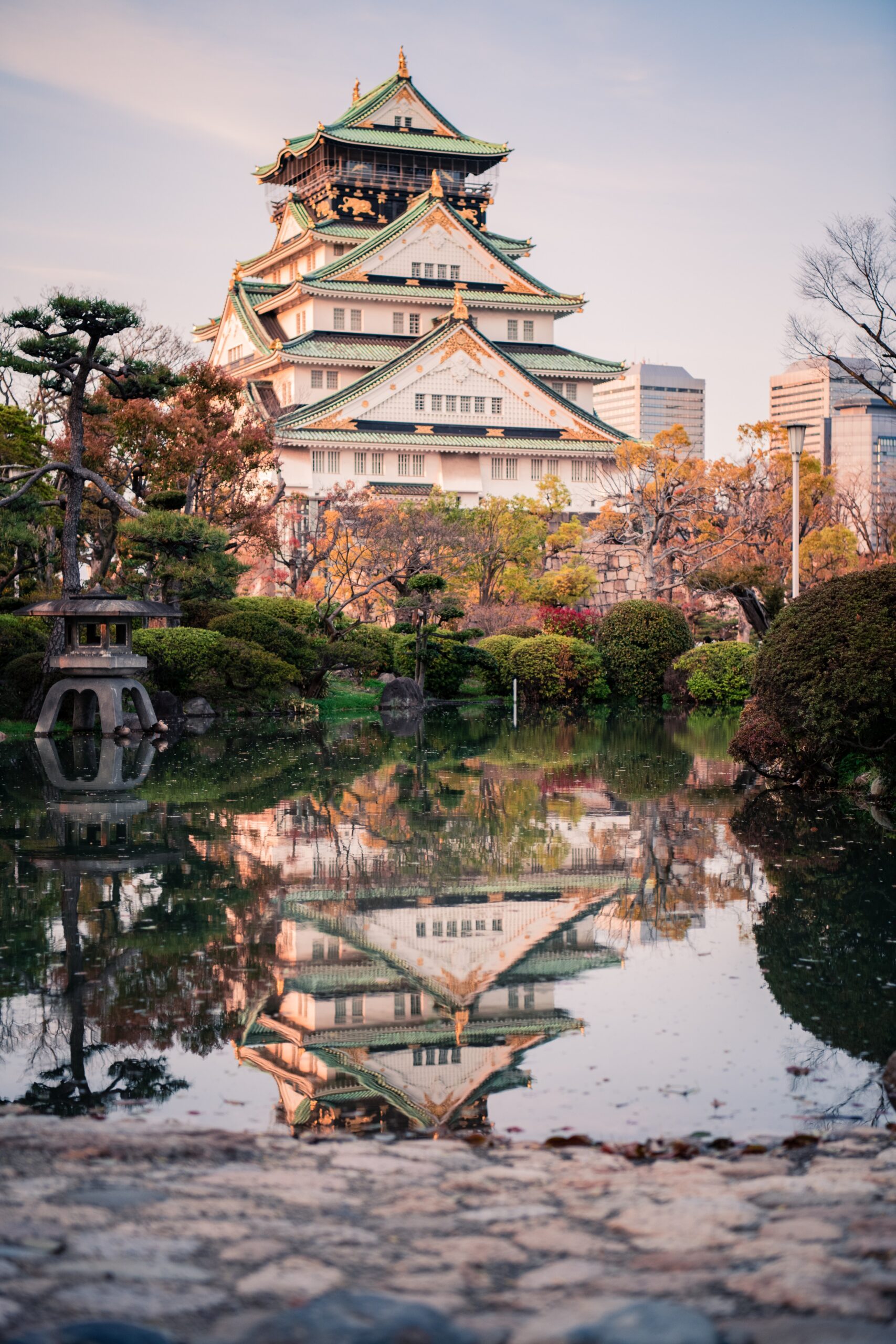Is Japan a democracy? Yes, Japan is a democracy, but the history of Japanese government structure is unique and has been shaped by a long tradition of monarchy, feudalism, and authoritarianism. Today, Japan has a parliamentary system with a constitutional monarchy, where the emperor plays a largely symbolic role in government affairs.
A Brief History of Japanese Government Structure
Japan has been ruled by an emperor since at least the 7th century, although the emperor’s role has varied over time. In the late 12th century, Japan was ruled by a powerful shogunate, a military dictatorship that lasted for nearly 700 years. During this time, the emperor was reduced to a figurehead, with little real power or authority. In the late 19th century, Japan underwent a major transformation. The Meiji Restoration of 1868 marked the end of the shogunate and the restoration of imperial rule.
Modern Japanese Government Structure
After World War II, Japan was occupied by Allied forces and underwent major reforms. The 1947 Constitution established a parliamentary system of government, with a bicameral legislature and a prime minister as the head of government. The emperor was retained as a symbol of national unity and continuity, but his role was severely limited. Today, the emperor is a ceremonial figurehead with no political power.
The Three Branches of Japanese Government
The Japanese government is divided into three branches: the legislative, the executive, and the judiciary. The legislative branch is made up of the bicameral National Diet, consisting of the House of Representatives and the House of Councilors. Members of the Diet are elected through a mixed electoral system, with both single-member districts and proportional representation.
The executive branch is headed by the prime minister, who is appointed by the emperor upon recommendation by the Diet. The prime minister selects the other members of the Cabinet, who are responsible for carrying out government policies and managing the various ministries and agencies.
The judiciary is independent and consists of four tiers: summary courts, district courts, high courts, and the Supreme Court. The Supreme Court is the highest court in Japan and has the power to declare laws and government actions unconstitutional.
Challenges to Japanese Democracy
While Japan is a democracy, there are some challenges to its democratic institutions. One issue is the dominance of the Liberal Democratic Party (LDP), which has been in power for most of the post-war period. The LDP has been criticized for its close ties to big business and for its lack of transparency. Another issue is the role of the bureaucracy in Japanese government. The bureaucracy is powerful and has a significant amount of control over policy-making. This has led to criticism that the Japanese government is not as democratic as it could be, with unelected officials having too much influence.
Summary
In conclusion, Japan’s government structure is a unique blend of tradition and modernity. While the emperor remains an important symbol of national unity, the real power lies with the elected representatives in the National Diet and the prime minister. Despite some challenges to its democratic institutions, Japan remains a stable and prosperous country with a long tradition of peaceful government.

